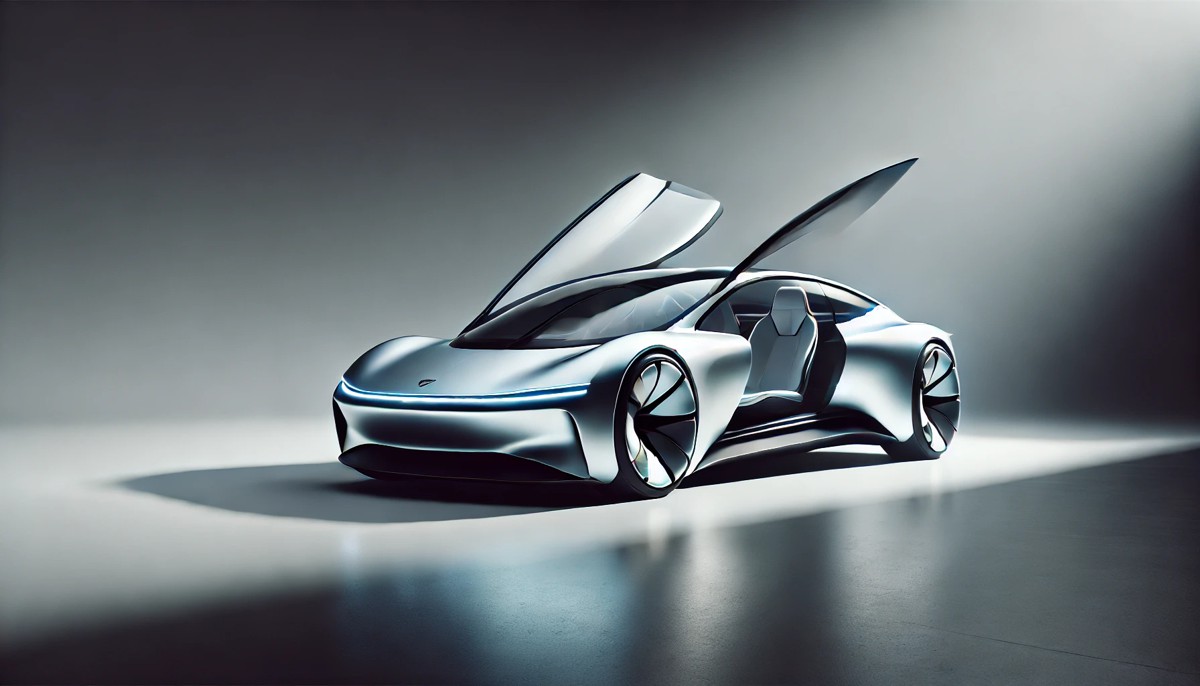Design the Car of Tomorrow with MIT’s Open-Source Dataset
In the fast-paced world of automotive engineering, car design is traditionally a meticulous and guarded process. Manufacturers invest years refining designs, conducting exhaustive simulations, and performing physical tests to achieve the perfect balance of aesthetics, functionality, and performance.
Yet, these efforts often remain behind closed doors, slowing down the global pursuit of innovation. But what if that process could be accelerated dramatically? Enter DrivAerNet++, a revolutionary dataset developed by MIT engineers that could redefine how cars are designed.
This open-source dataset, boasting over 8,000 meticulously crafted car designs and their aerodynamic profiles, offers unprecedented access to the intricate data required to train artificial intelligence (AI) systems. By enabling researchers, engineers, and designers to leverage this resource, the project holds the potential to catalyse the development of fuel-efficient and long-range electric vehicles (EVs).
“This dataset lays the foundation for the next generation of AI applications in engineering, promoting efficient design processes, cutting R&D costs, and driving advancements toward a more sustainable automotive future,” said Mohamed Elrefaie, a mechanical engineering graduate student at MIT.
Addressing the Data Deficit in Automotive Design
The automotive industry, for all its advancements, suffers from a significant data gap. While AI-powered design tools have emerged, their effectiveness has been hampered by a lack of comprehensive, publicly available datasets. Proprietary restrictions and the high costs of real-world testing have kept valuable aerodynamic and design data out of reach. This has stifled innovation, especially in the race to combat climate change by creating more sustainable vehicles.
Professor Faez Ahmed, head of MIT’s Design Computation and Digital Engineering Lab (DeCoDE), elaborated: “Often when designing a car, the forward process is so expensive that manufacturers can only tweak a car a little bit from one version to the next. But with larger datasets where you know the performance of each design, you can train machine-learning models to iterate fast and significantly improve designs.”
With climate change pressing the need for greener technologies, accelerating car innovation is more critical than ever. By bridging this gap, DrivAerNet++ enables AI models to process vast amounts of data, iterating through designs and uncovering optimal solutions at an unprecedented speed.
The Making of DrivAerNet++
Creating a dataset of this magnitude was no small feat. To ensure the designs were both realistic and diverse, MIT engineers began with baseline 3D models provided by Audi and BMW. These models represented three major categories of passenger vehicles:
- Fastback: Sleek sedans with sloped rear ends.
- Notchback: Sedans or coupes with subtle rear dips.
- Estateback: Station wagons with flat, blunt backs.
The team employed advanced morphing algorithms to alter key design parameters—such as length, windshield slope, and wheelbase—systematically generating thousands of unique designs. Each design underwent computational fluid dynamics simulations to calculate its aerodynamic properties, ensuring physical accuracy.
Key achievements include:
- 3 Million CPU Hours: Utilising MIT’s SuperCloud to process and simulate designs.
- 39 Terabytes of Data: Equivalent to nearly four times the entire printed collection of the Library of Congress.
- Multi-Modality Data: Designs represented as meshes, point clouds, or parameter lists, accommodating diverse AI models.
Unlocking the Potential of AI in Automotive Design
DrivAerNet++ represents more than just a data repository—it’s a springboard for ground-breaking AI applications. Researchers can train generative AI models using the dataset to achieve the following:
- Generate Novel Designs: By analysing patterns within the dataset, AI models can propose innovative car designs optimised for aerodynamics.
- Evaluate Existing Designs: AI can quickly estimate the aerodynamic performance of a given car design, predicting its fuel efficiency or electric range without the need for physical testing.
“What this dataset allows you to do is train generative AI models to do things in seconds rather than hours,” Ahmed explained. “These models can help lower fuel consumption for internal combustion vehicles and increase the range of electric cars—ultimately paving the way for more sustainable, environmentally friendly vehicles.”
The Road to a Greener Automotive Future
Beyond its immediate applications in design, the dataset underscores the growing role of open science in addressing global challenges. By democratising access to data, MIT’s engineers aim to break down barriers to innovation, fostering collaboration across industries and academia. This approach is especially crucial as the world pivots toward electric mobility, with governments and corporations pledging to reduce carbon footprints.
Elrefaie summed up the project’s urgency: “This is the best time for accelerating car innovations, as automobiles are one of the largest polluters in the world. The faster we can shave off that contribution, the more we can help the climate.”
From AI to Manufacturing
The ripple effects of DrivAerNet++ are expected to extend beyond the design phase. AI models trained on the dataset could inspire innovations in manufacturing, material selection, and even autonomous vehicle development. By integrating AI-driven insights into the production pipeline, manufacturers could achieve faster turnaround times, lower costs, and enhanced sustainability.
Moreover, the dataset’s versatility makes it a valuable tool for industries beyond automotive, including aerospace and industrial design. The principles of aerodynamics and optimisation apply broadly, offering a template for other engineering sectors to follow.
A Game-Changer for the Automotive Industry
With DrivAerNet++, the once-opaque world of car design has become more transparent, accessible, and efficient. This monumental achievement not only accelerates the pace of innovation but also charts a clear path toward a cleaner, more sustainable future. By leveraging the power of AI and open data, MIT engineers have given the automotive world a much-needed push in the right direction.
As Elrefaie and his team prepare to present their findings at the NeurIPS conference, the automotive industry—and the planet—stands to gain immensely. The doors are now wide open for engineers, researchers, and dreamers to craft the next generation of vehicles.




















